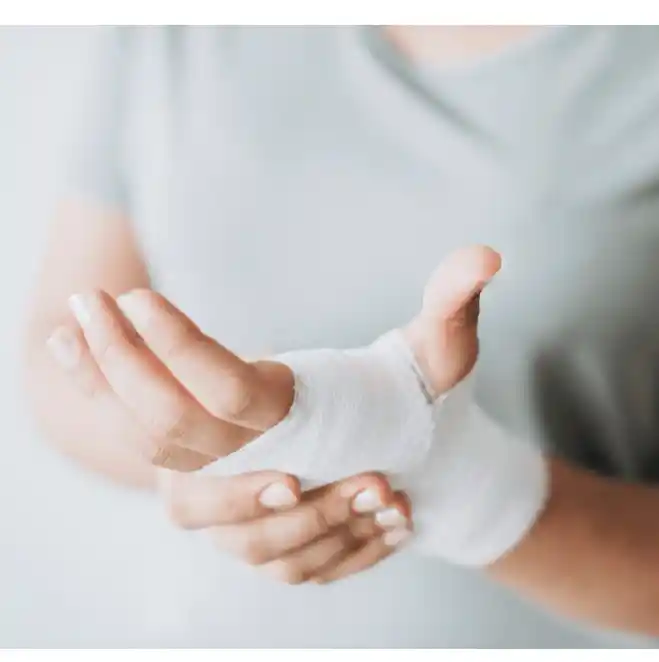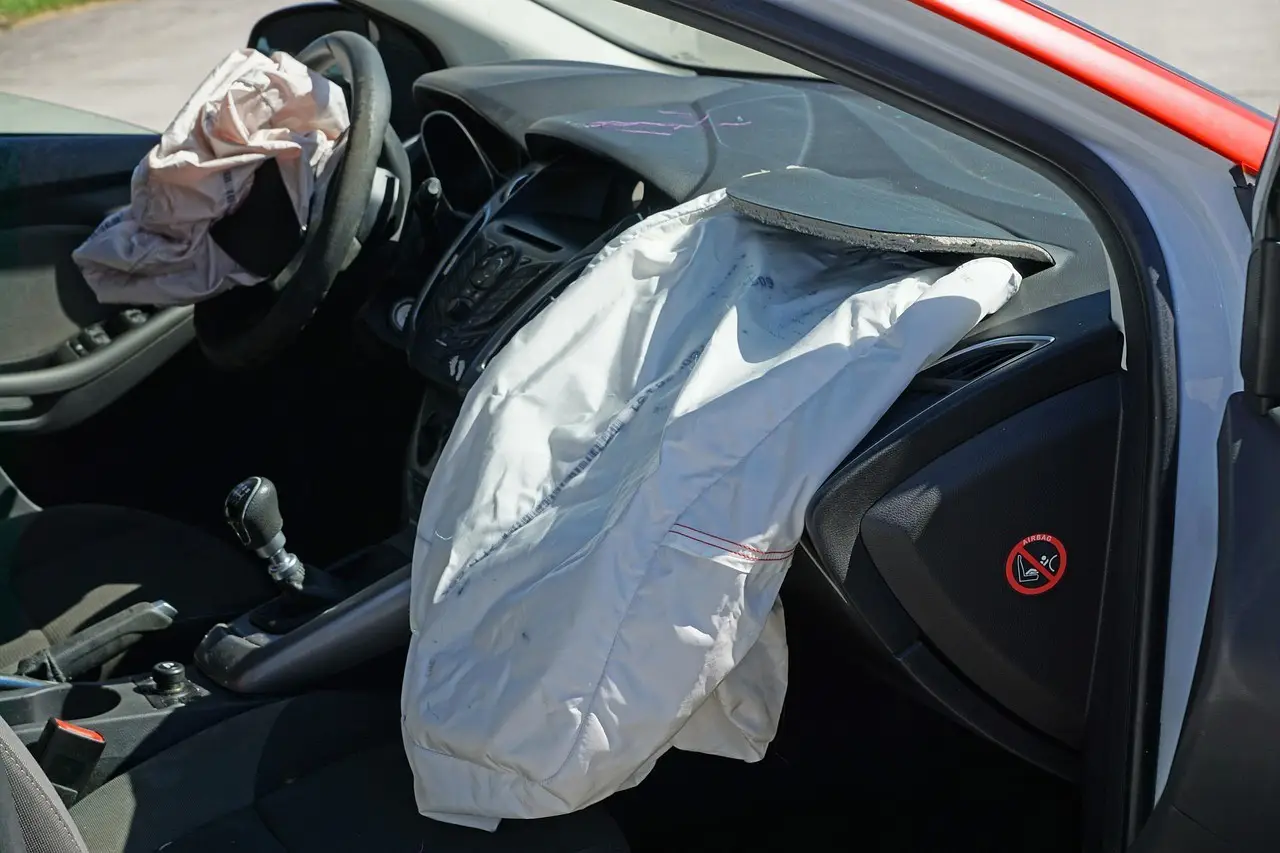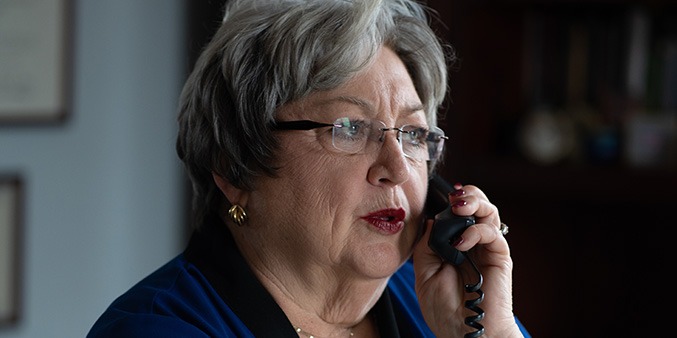
Fort Wayne Product Liability Attorney
If you suffered injuries from a product you used due to negligence of a manufacturer, seller, or any other party involved in the responsibility of keeping customers safe, you are covered by Indiana law. Our Fort Wayne product liability attorney is here to help you get justice from your injury. Christie Farrell Lee & Bell law firm has ensured that our Indiana clients have received maximum compensation when products fail to perform safely for over 40 years.
Get a free legal consultation today to discuss your potential case.










